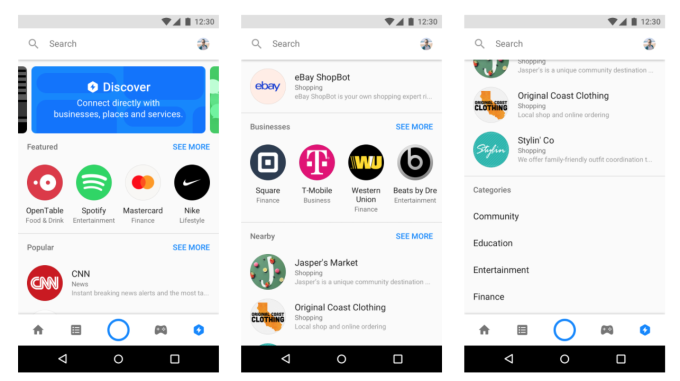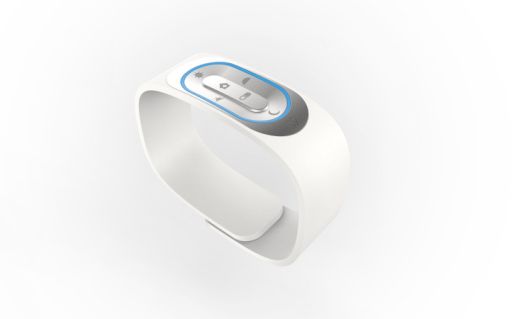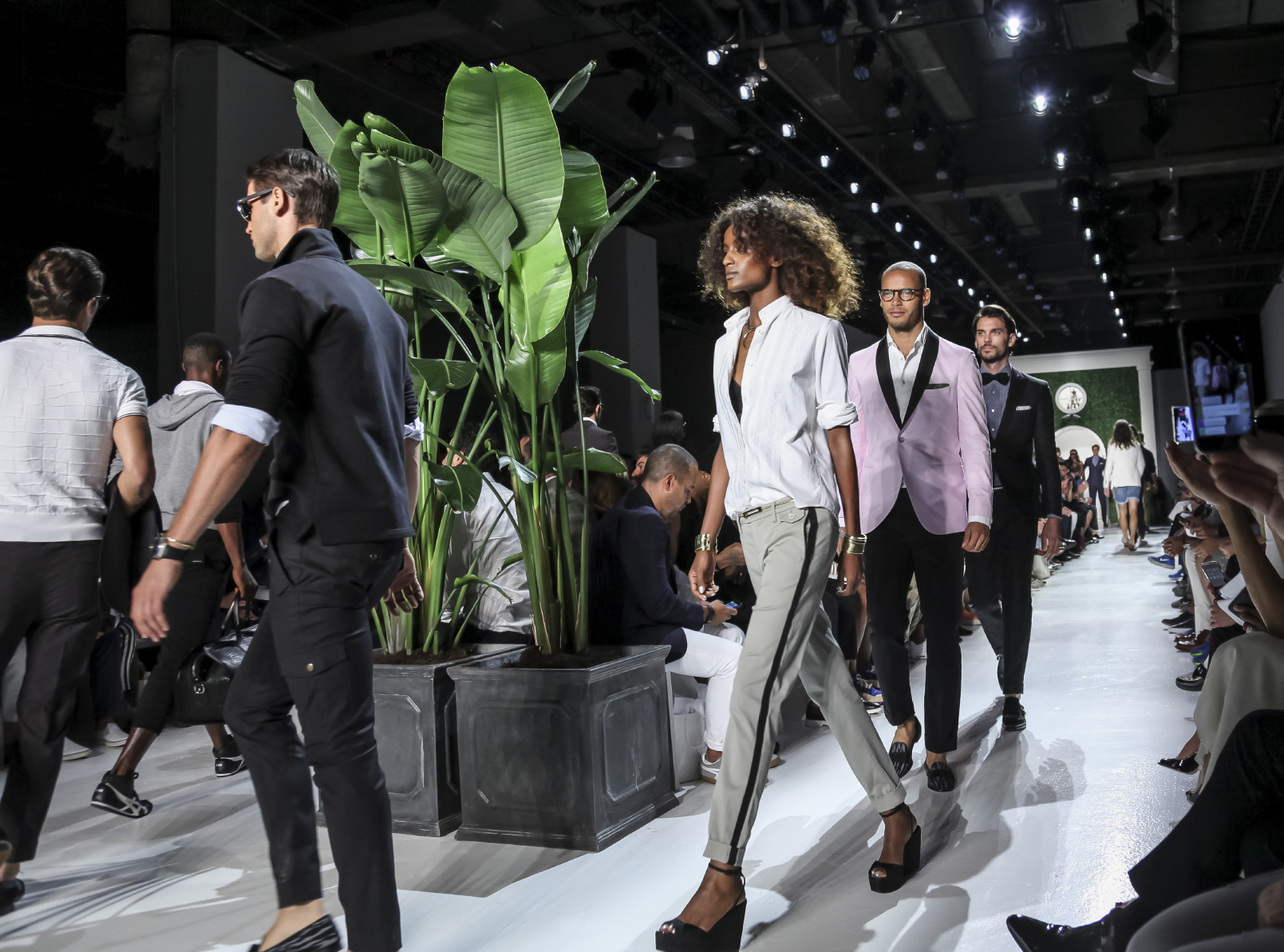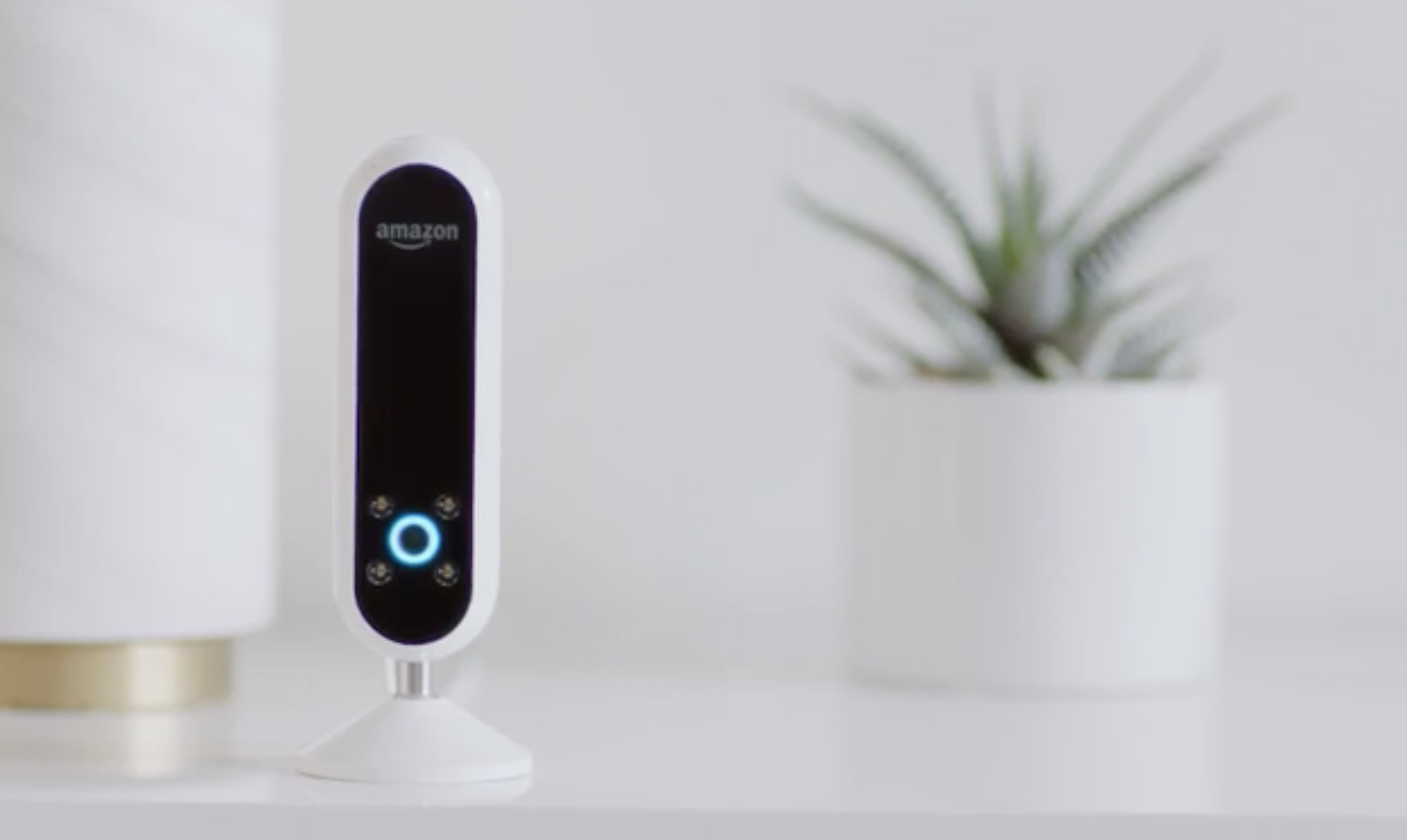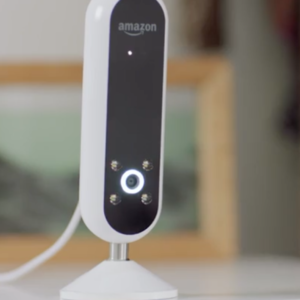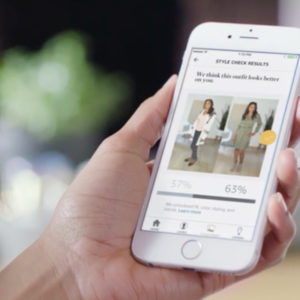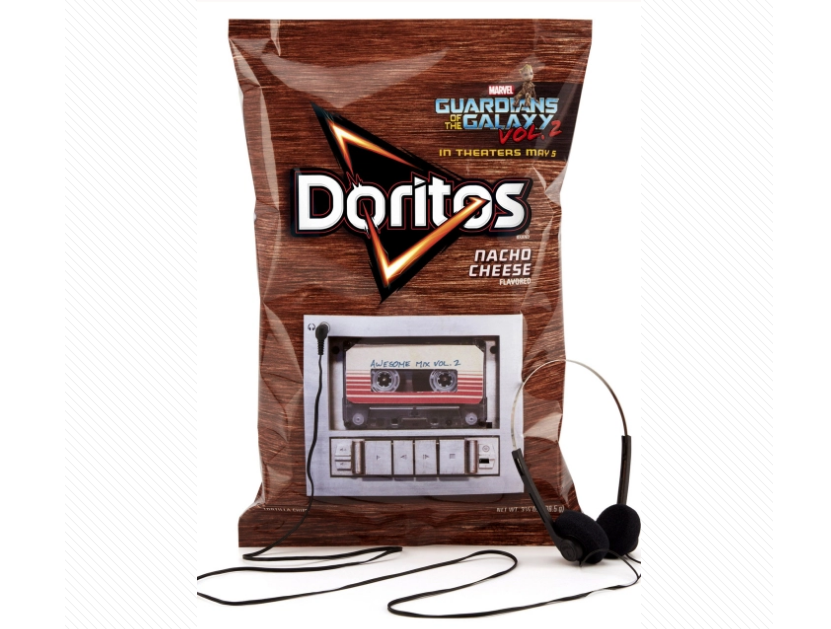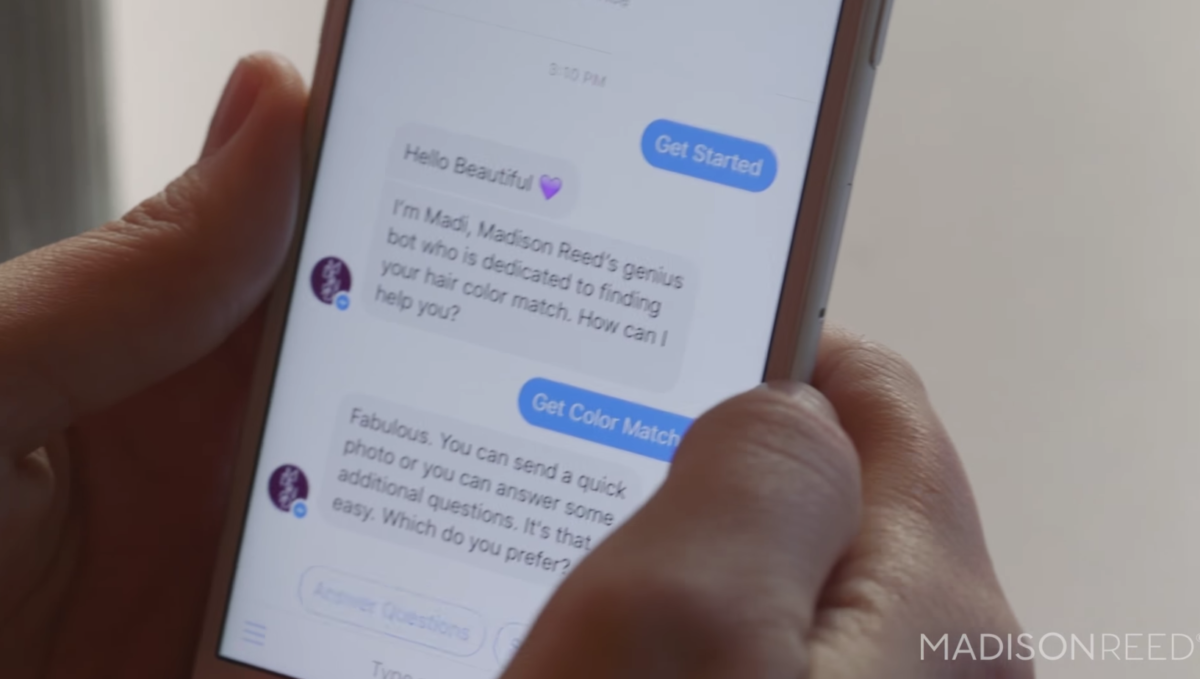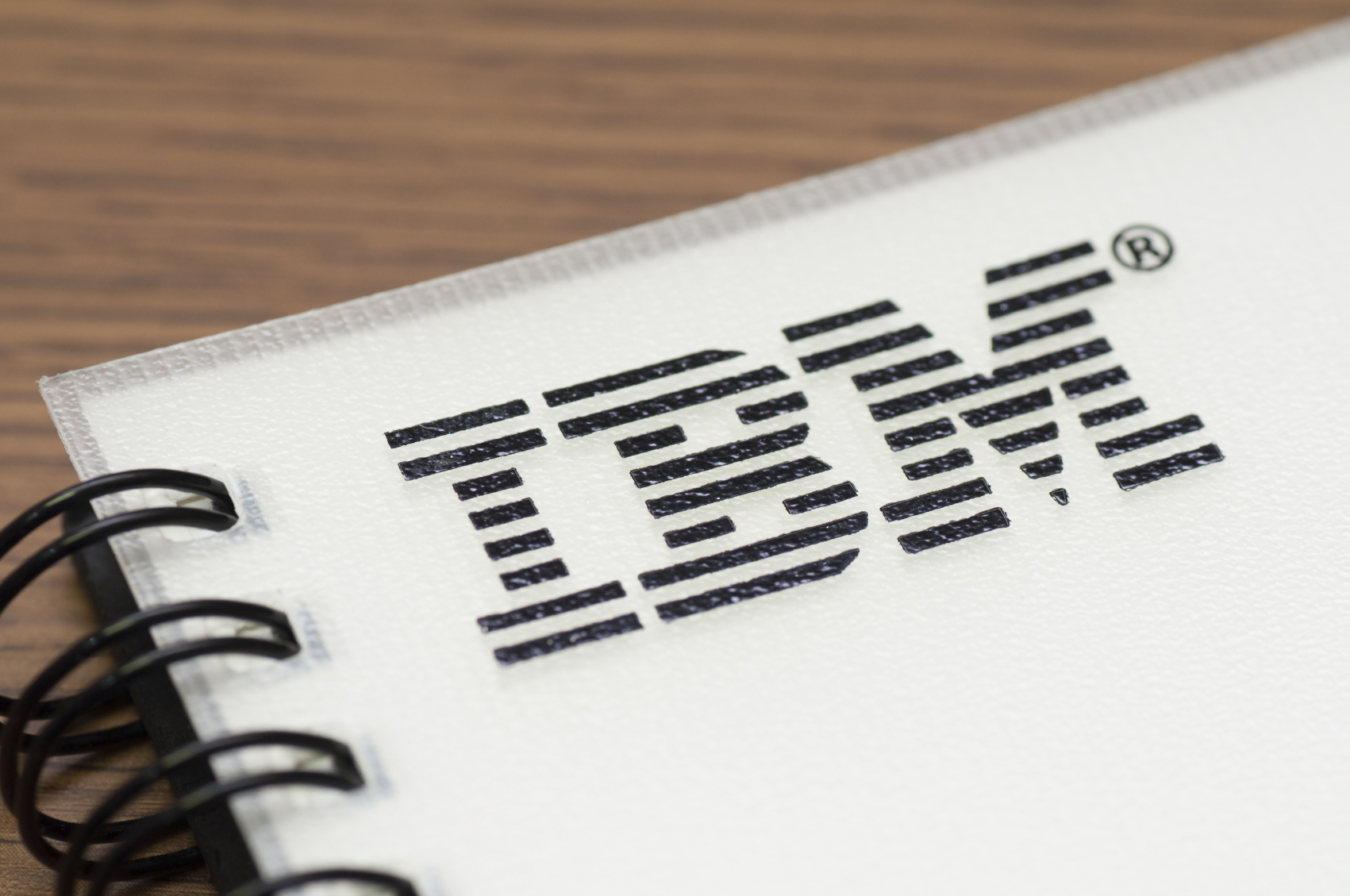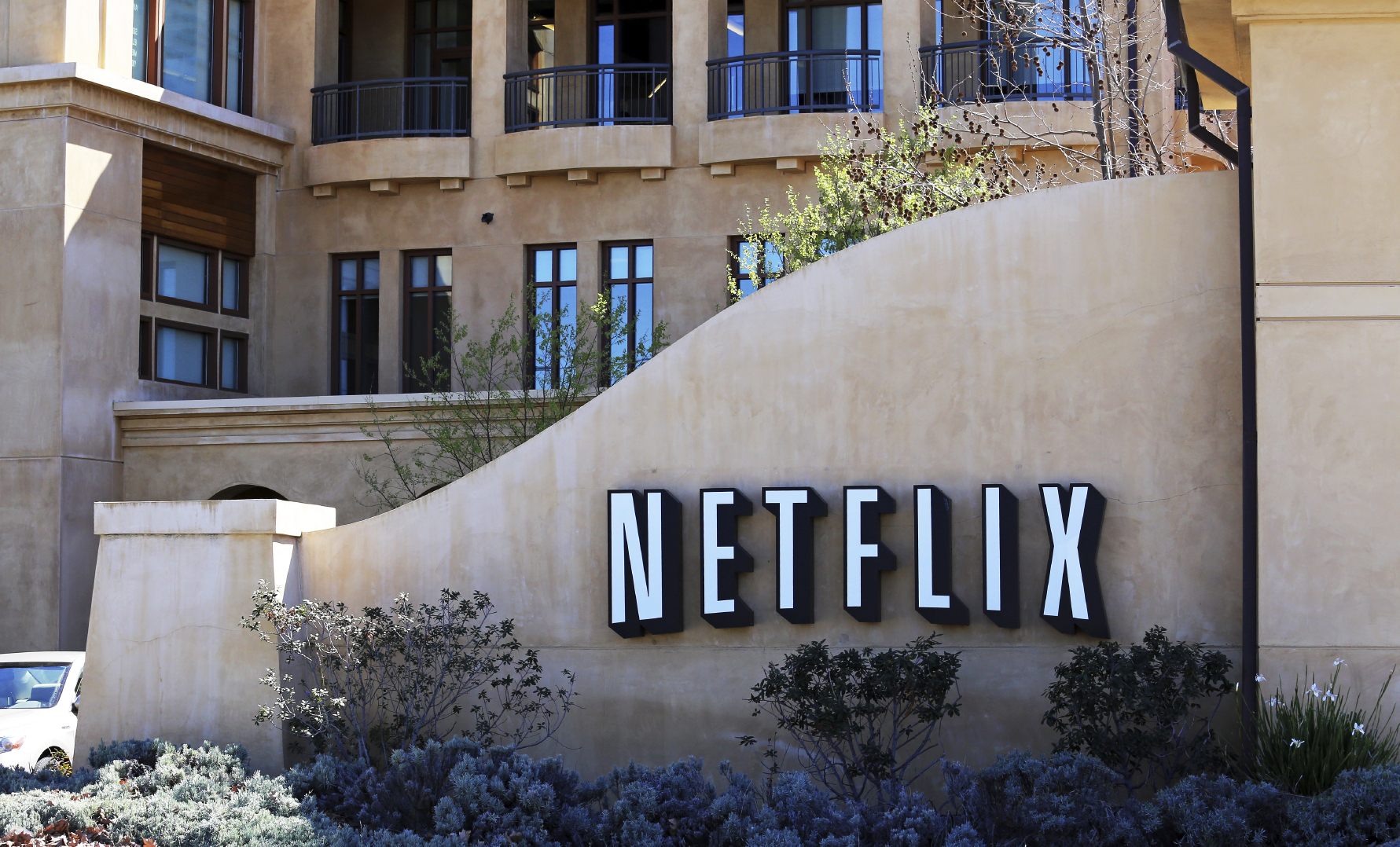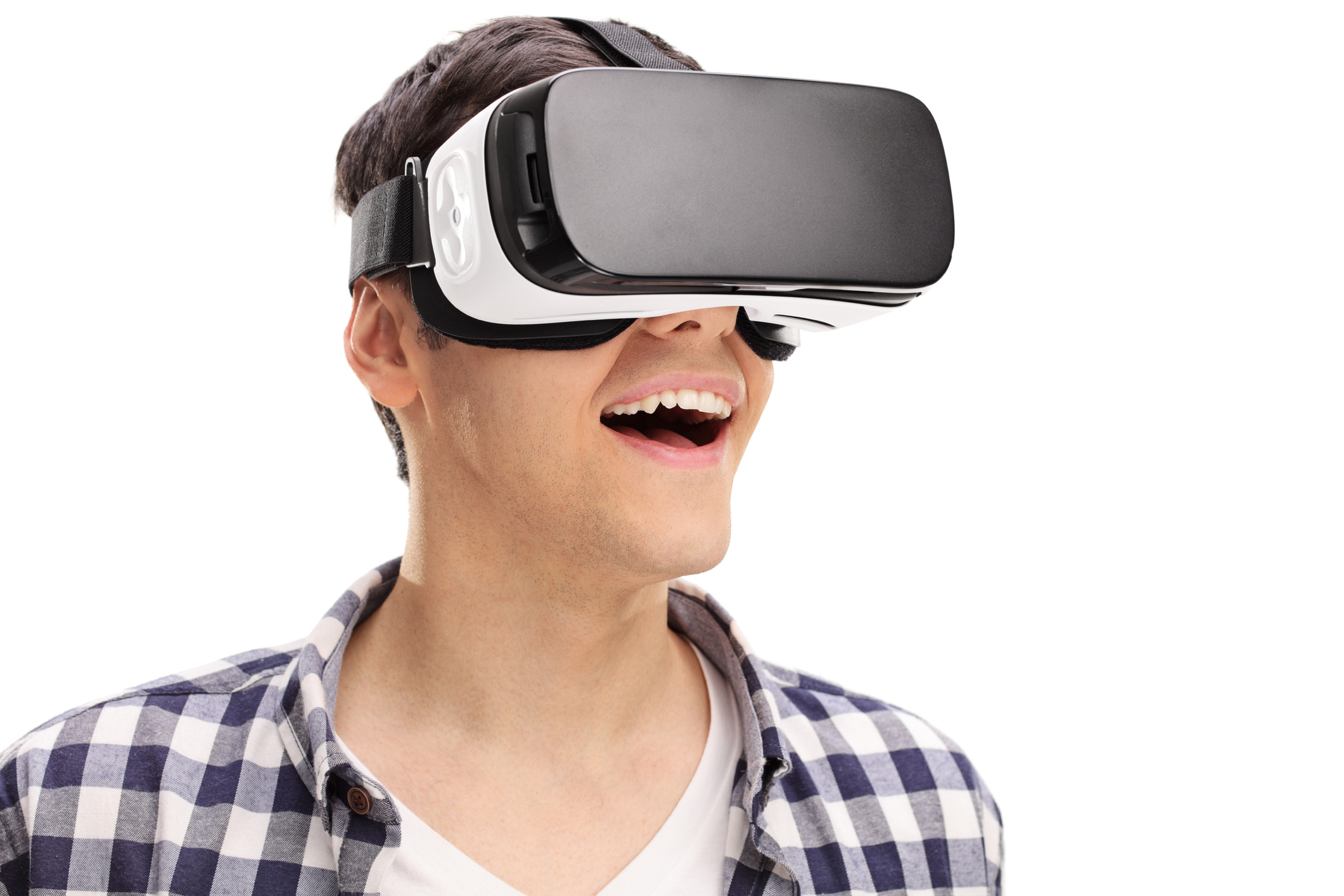What Happened
Facebook launched Messenger Platform 2.0 at last week’s F8 developer conference, and one major focus of the update is to improve bot discovery on the popular messaging app. A big part of this is a dedicated Discover tab that works similarly to an app store, showcasing popular and recommended bots by categories such as news, lifestyle, and health and fitness. The tab will start rolling out to U.S. users next week and a global roll-out is scheduled to follow in the next few months.
What Brands Need To Do
In order to be featured in this upcoming tab, brands with their own Facebook chatbots need to fill out the Discover submission form located in Page settings on Facebook. The form will require you to clarify which category that your bot should appear in and the languages it supports, along with a brief description of your bot. If your bot is not associated with a Facebook page, Facebook says it will use “existing categorization and page metadata to determine which category” your bot will appear inside Messenger. If your brand has made a Messenger bot, this is something you will want to get done soon to maximize the visibility of your bot and drive conversations.
The Lab has extensive experience in building Alexa Skills and chatbots to reach consumers on conversational interfaces. The NiroBot we built in collaboration with Ansible for Kia is a good showcase of our expertise. If you’d like to learn more about how to effectively reach consumers on conversational interfaces, please contact Samantha Holland ([email protected]) to schedule a visit to the Lab.
Source: VentureBeat
